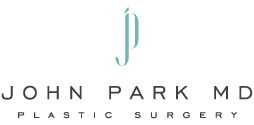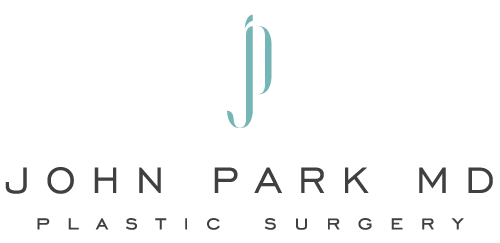
10 Jan Breast Lift With Fat Grafting: The Potential Risks Of Fat Transfer Breast Augmentation
Choosing A Lift With Fat Grafting
The breasts can lose size and begin to sag due to age, weight loss, breastfeeding, and many other reasons. In the past, women would have no choice but to live with these unwanted changes, impacting self-confidence. Today, more women are electing to have breast augmentation, with many exploring the option of breast lift with fat grafting. However, there are risks associated with a fat transfer that need to be fully understood. Understanding the possible risks can help people decide whether fat grafting or traditional implants are a better choice.
What is fat grafting?
A breast lift with fat grafting combines 2 techniques to give the patient improved lift, shape, and size. Fat grafting involves extracting excess fat from the abdomen or thighs using a cannula. The fat is then injected into the breast to improve size and fullness. A breast lift or mastopexy can also be performed at the same time. If a lift is desired, the surgeon will make incisions to remove excess skin and reposition the areola and nipple. Mastopexy is an excellent option for sagging breasts or breasts that lose fullness due to weight loss.
Considering possible risks
Fat grafting is seen as a natural form of breast enhancement without the need for installing implants. Some women also appreciate the contouring achieved by removing fat from other problem areas. As with any surgical procedure, however, there are inherent risks patients must understand. While a highly-qualified surgeon will work to minimize risk, fat transfer complications can affect the long-term results.
Fat necrosis and reabsorption
The primary risk of the procedure is fat necrosis or the death of fat cells. This happens when there is insufficient oxygenated blood in the fat during the transfer process. The dead fat cells can form bubbles or lumps in the breast tissue. Bumps resulting from fat necrosis may resolve naturally. However, surgery is the next best step if the bumps become painful. Since the body also uses fat for different functions, there is also a possibility the fat may be reabsorbed. Research shows 40-60% of the transferred fat may be absorbed by the body, affecting the final results.
Cysts and microcalcification
Swelling after a breast lift with fat grafting may cause the development of a cyst within the breast tissue. Breast cysts are normal, harmless, and treatable once detected. Breast augmentation surgery can also result in tiny calcium deposits in the breast tissue, a condition known as microcalcifications. These deposits typically form around the areola and are harmless. Microcalcification can be left untreated or removed if necessary. Both cysts and microcalcifications can affect future mammograms, with cysts mistaken for tumors or vice versa.
Discuss risks with the surgeon
Potential risks are part of every surgical procedure. In addition to the risks mentioned, fat transfer breast augmentation may have other side effects. These include infection, blurry vision, dizziness, muscle weakness, numbness, and headaches. Breast lifts are an excellent way to lift and realign breasts. However, implants may be a better option to increase breast size, avoiding fat grafting complications. Discuss the pros and cons with the surgeon to make the best decision for a fantastic procedure.



